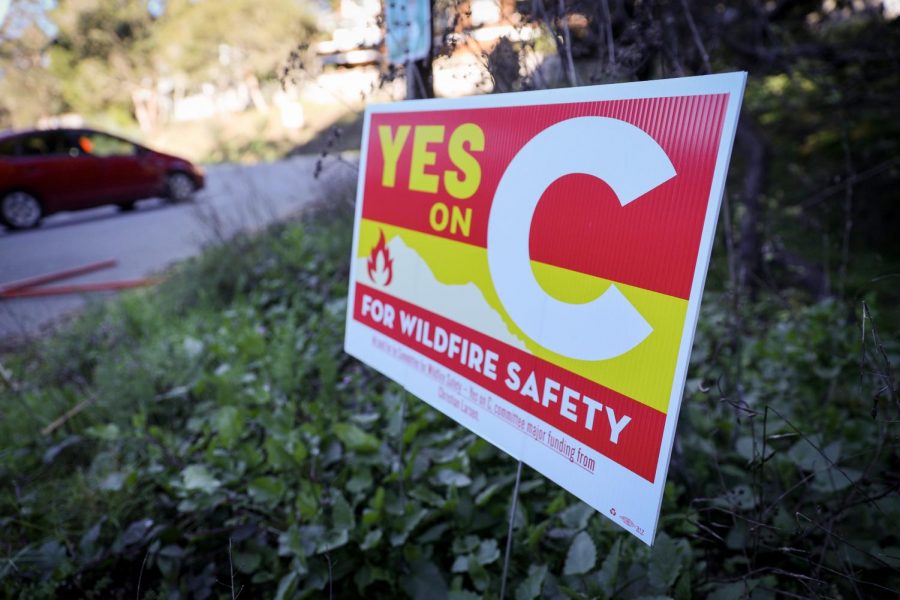Wildfire prevention tax narrowly passes
Mar 5, 2020
Measure C, a wildfire prevention parcel tax, passed on March 3 by 68.31 percent, just 1.64 percent more than the two-thirds majority required for approval. The tax will fund six initiatives aimed toward county-wide wildfire prevention, education, and preparation, for a timeframe of 10 years.
According to the measure’s official news release, landowners will contribute either $25, $100, or $150 per parcel each year, depending on their land acreage. Additionally, any improvements to commercial and residential parcels will be taxed 10 cents per building square foot. The measure is anticipated to raise $19 million per year.
“This is all about ways that we believe that we can take very intentional and effective steps in helping to reduce the risk in our communities … [To] really invest in improving people’s awareness … and being prepared for emergencies and disasters,” Chris Tubbs, Fire Chief for the Southern Marin Fire District and the City of Mill Valley, said.
The tax revenue will be divided into three categories. “60 percent of the funds collected would go for what are called the core programs, which include things like evacuation planning, improving notifications, public education, and fuel management projects,” Tubbs said. “A 20 percent bucket would go to defensible space inspections and then a final 20 percent bucket would go to local mitigations.” The latter percentage will allow local agencies to fund vegetation management projects that are unique to their area.
The measure ensures equal distribution among the cities in Marin and provides a discounted tax rate for low-income seniors and disabled individuals, Fire Chief for the Novato Fire District and President of the Marin County Fire Chiefs Association Bill Tyler said. The measure’s new release also notes a tax exemption for churches, nonprofits, and local governments.
Heightened dangers of wildfires in recent years prompted the early stages of the measure. Marin fire officials determined that relying on government grants to regions and historical fire prevention programs will be insufficient in the face of imminent fire threats.
“Fire departments in Marin County were primarily built around emergency response that is, you know, for medical and for fire response,” Tyler said. “The agencies are not completely funded for large scale prevention and mitigation programs and projects.”
In response to the destructive wildfires in Northern California in 2017, the Marin County Board of Supervisors commissioned the 2017 After Action report. Firefighters and officials involved in land management and fire prevention were interviewed on details of their preparation, tools, and response, according to Tyler. These accounts, as well as input from a review done by the Marin County Civil Grand Jury, informed the path to the measure.




